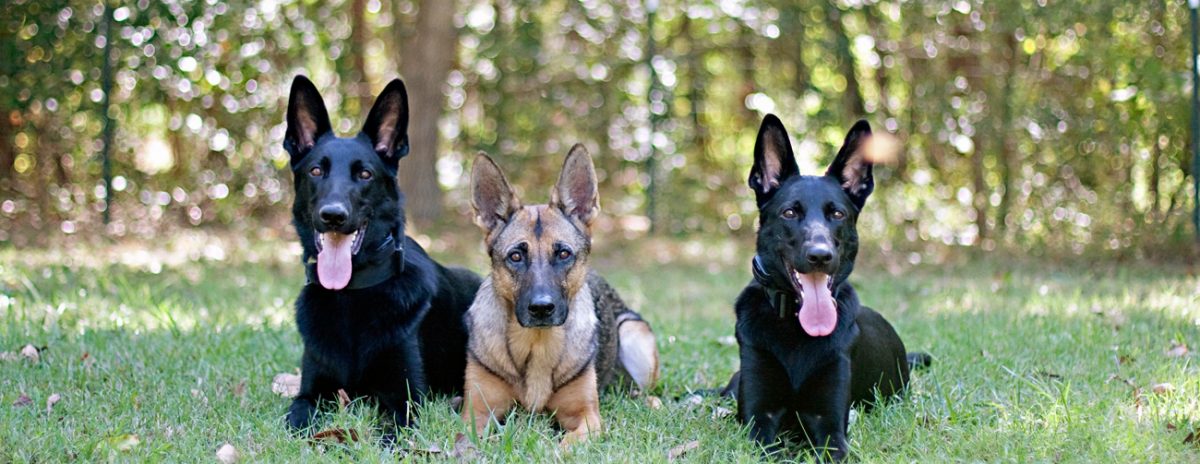Dogs – It’s Not Just the Training
To have the greatest chance of success in training a dog for service work, you need to start with a dog that has a suitable temperament.
One of the things I do to help people is evaluate dogs to determine suitability for service work. Temperament testing is as much art as science, to quote a friend and fellow service dog handler, Anne Martinez. It seeks to gather information, rather than hard measurements of characteristics that are downright difficult, if not almost impossible to quantify. The way I have found most successful in relaying the purpose and importance of a temperament evaluation is explained below.
Temperament tests can be helpful tools in determining individual dog’s tendencies. It is not simply seeking reactions to specific stimuli, or prey drive, or confidence….. but rather ALL of these things and more. Thorough evaluations can give a solid indication of how stable a dog is mentally by allowing it to demonstrate over a period of time its reactions and performance in new environments, with new people, different dogs, novel and previously experienced situations. While an evaluation will also reveal the level of training receptiveness a dog has, that information is less essential than say, startle reflexes, in regards to being safe as a dog working out in the public.
Mental stability of an animal refers to its ability to handle lots of noises, sights, sounds, frustration, being handled, and more without becoming “grumpy” and growling, seeking to escape the situations, or becoming stressed. It is similar to the visible patience and affection a dedicated healthcare worker would show a patient they are helping. Not everyone has the personality to hold (or even desire to hold) that type of job. The same is true of canines.
As dogs with higher levels of confidence and tolerance are identified, continuing the temperament testing also reveals how sensitive a dog is specific types of training. Is is common knowledge that dogs are trainable – the majority of domestic dogs can be trained to do many helpful things! What differentiates a potential service animal is its ability and willingness to do so accurately, consistently, and on a daily basis for one person, while for the most part ignoring the general public and all of the distracting sights, sounds and smells that are encountered out in the world.
Temperament testing can show if food or toys motivate and to what level – dogs who are so highly excited by food that they will focus on nothing else around them while it is present, or are possessive of the food reward could have more trouble in a restaurant while out to eat with a disabled handler, even with training. Some dogs prefer to be lured and shown exactly what commands are rewarded, while others enjoy shaping exercises that allow for guessing and creative problem solving. Temperament testing can help guide a handler to training styles that are most compatible with an individual dog for the fastest and best understood methods for the team.
There are certain responses during a temperament evaluation that should automatically exclude a dog as a candidate for service work. These can be summed up broadly as aggression and/or overt fear. This does not mean that the dog will not be a fabulous pet, but indicates that the job of helping a disabled person in public would likely not be safe or enjoyable for the animal.
Training can teach a dog many things, but it does not change the underlying temperament of the dog.
In the same way that if two different people are punched in the face unexpectedly – one may run away, and the other will punch back, dogs also will react in different ways to the same event. Puppies and younger dogs are only malleable to a point, genetics also play a huge role in canine behavior (think of dogs that are bred to herd, or hunt by flushing out prey, or other specific tasks). Many of the most highly trained and trainable dogs do not have the temperament or desire to be safe and happy service dogs.
Dogs who do well on initial temperament evaluations do not always end up working out as career service dogs. Early testing is often performed to help people choose which dogs to focus on training more with, in hopes that they can develop into a successful partner for a disabled person. Due to personality changes that occur at maturity, temperament tests are more accurate after a dog has reached puberty (some would say 18-24 months even), but for practical reasons it’s often done earlier. Despite these limitations, and although there are no guarantees, temperament testing can be a valuable tool to increase the chances of successfully producing a working service dog.
The first step is finding the raw material that has the potential to be a good fit for the tasks and environment it will need to perform in. Many kids may dream of being a secret agent, but not all of them will meet the physical and mental standards. It is critical for the safety and health not only of the public, but also for the dog, that a suitable candidate is chosen to begin with.
For more information about service dogs and a chart outlining an example of a temperament evaluation chart you can look into this book about psychiatric service dogs by Anne Martinez – Saved By the Dog You can also contact me if you have any questions. Thanks for visiting my Service Dog blog!
